投稿日:2023年07月07日
Sagimai traces its roots to the 8th-century Nara period, when Tanabata, also known as the Star Festival, was introduced from China.
This festival celebrates the mythological love story of Orihime and Hikoboshi, represented by the stars Vega and Altair respectively, who are lovers separated by the Milky Way and allowed to meet only once a year on July 7th. In this enchanting tale, the kasasagi birds come to the rescue, creating a bridge with their wings across the Milky Way to enable the lovers to reunite.
This Chinese legend was seamlessly woven into court ceremonies and festivities, including the Kyoto Gion Festival—Japan’s largest and most iconic celebration.
Interestingly, although the word kasa-sagi includes sagi (heron), it actually refers to a magpie, a bird not native to Japan at the time. To bridge the gap, a kasa (“hat” in Japanese) was added to the head of the sagi (heron), leading to a delightful play of words (kasa-sagi = heron with a hat).
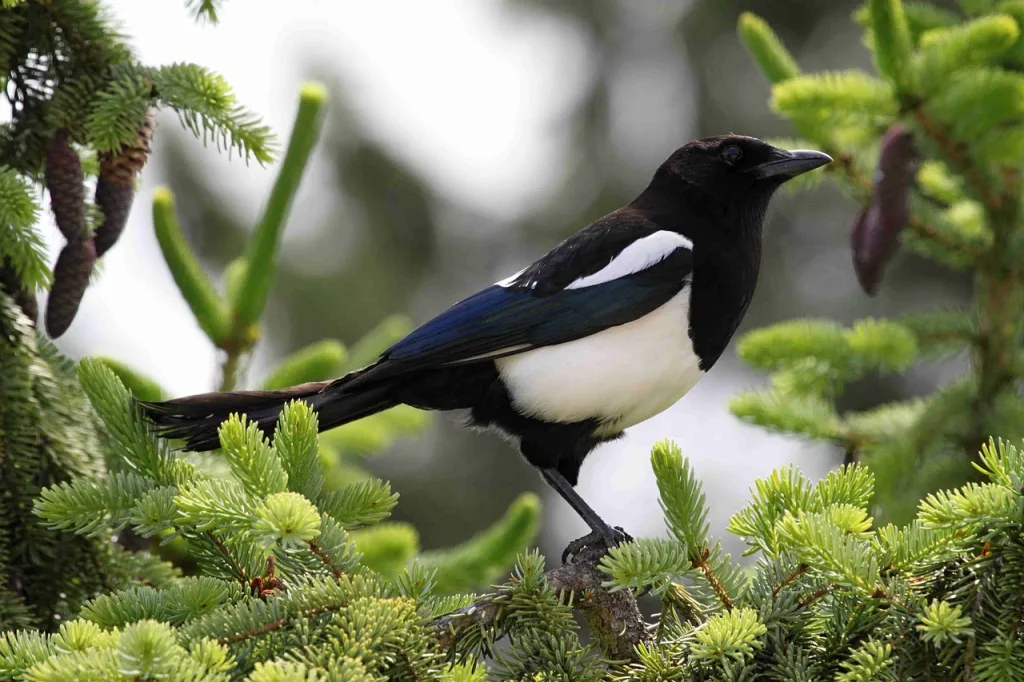

Over time, as Tsuwano’s heron dance evolved, it lost the kasa (hat) and preserved only the name sagi (heron) and the imagery of crossing a bridge in the song’s lyrics.
This preservation keeps the spirit of the Tanabata legend alive, even as the dance’s appearance transformed.
At the time, many regions were inspired by Kyoto’s rich culture, often adopting its festivals, art, and architecture.
The Ōuchi clan, one of the most powerful and influential families in western Japan, was among the first to adopt the Gion Festival.
In 1542, the Yoshimi Clan brought this tradition from Yamaguchi to Tsuwano, where it became a treasured part of the town’s annual festivities. Originally, the Sagimai was held on June 7th and 14th (according to the lunar calendar), with the feudal lord watching the procession from a watchtower near his palace on the main street.
Although the Gion Festival in Tsuwano is no longer held,
the Sagimai has been faithfully performed here for nearly 500 years and is the only place in Japan where the tradition has been preserved in its original form.
Even in Kyoto, where the ritual originated, the Sagimai eventually disappeared. But in Tsuwano, it lives on—carefully passed down through generations by the local community, who take great pride in keeping this cultural treasure alive.
Held in the heart of Tsuwano, locals dressed in traditional attire—complete with intricately designed heron costumes—take to the streets.
There are two white herons—one male (with an open mouth) and one female.
Infused with prayers for protection against illness and evil spirits, the dance also features two red-wigged boufuri, who ward off demons with long sticks.
Singers and traditional musicians accompany the dance, creating a mystical atmosphere that captivates both residents and visitors alike.
-1024x683-jpg.webp)

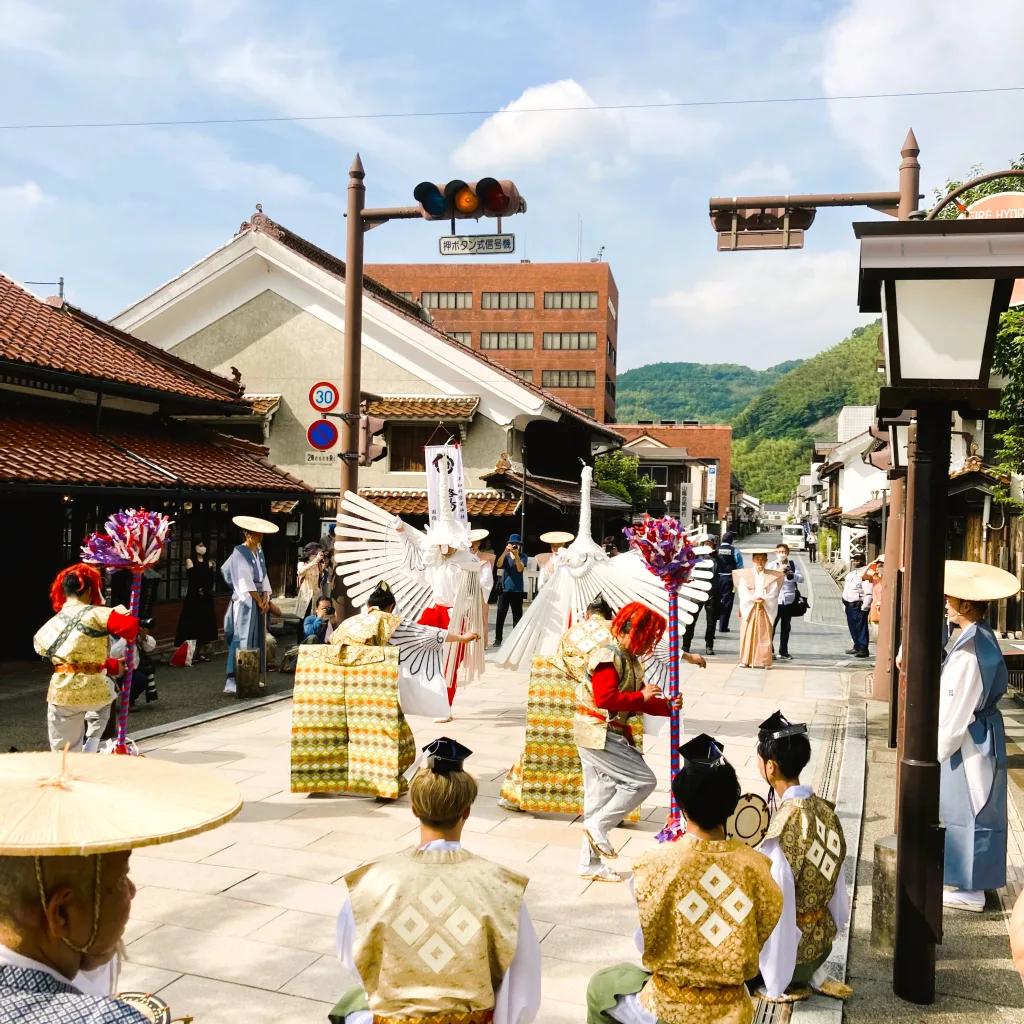
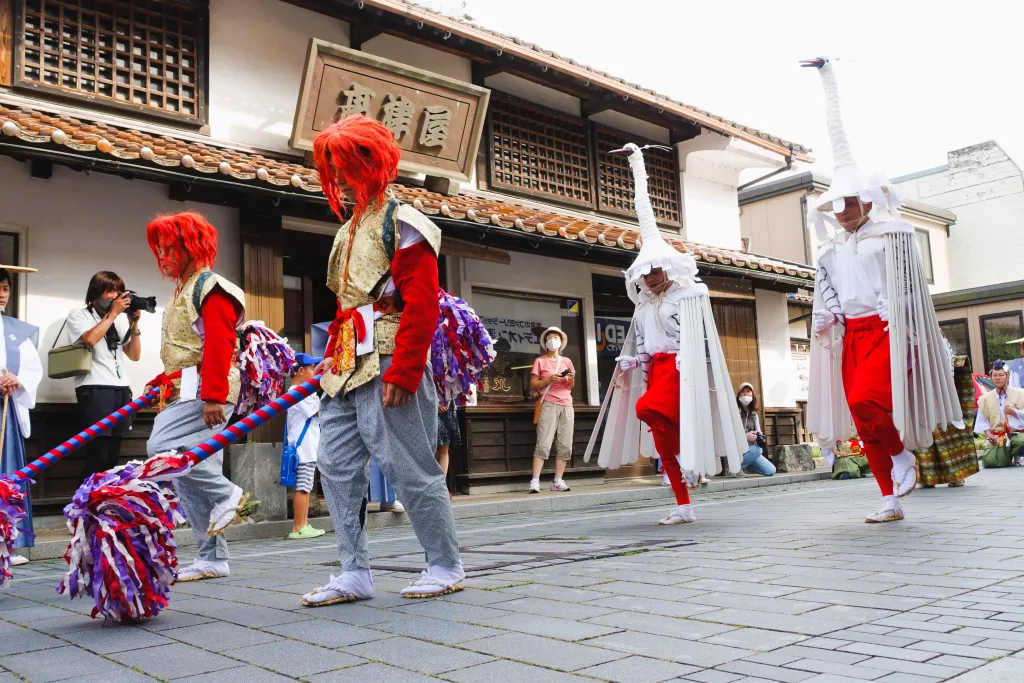
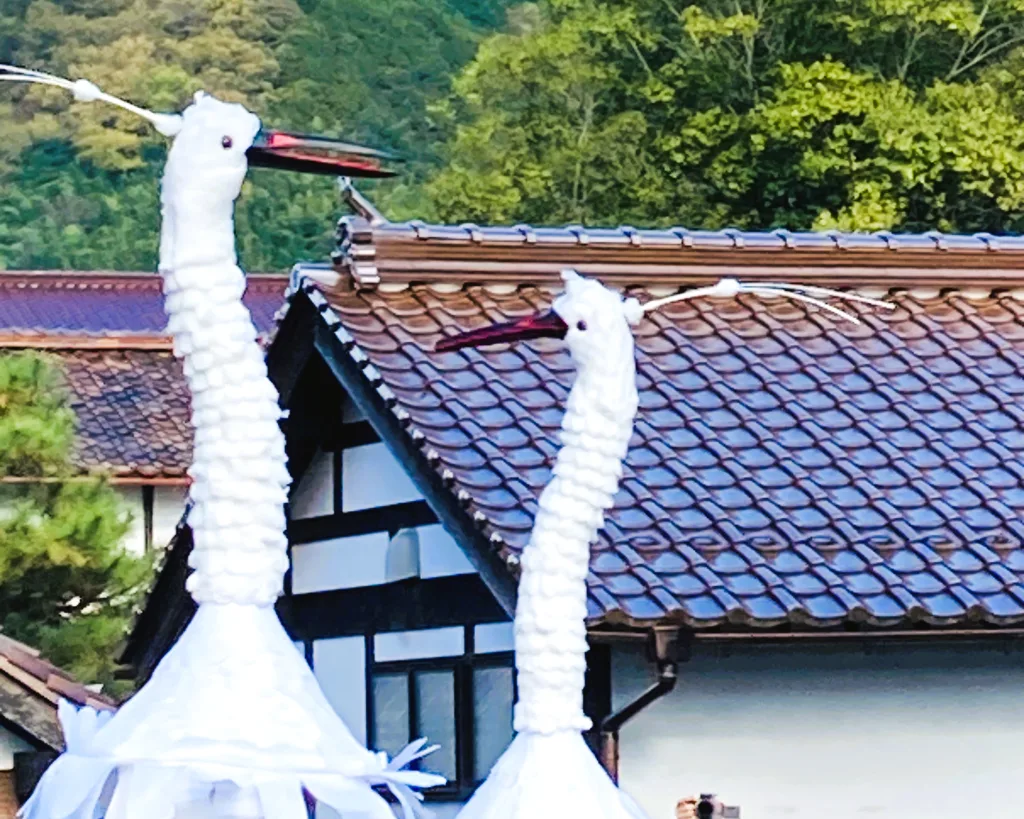
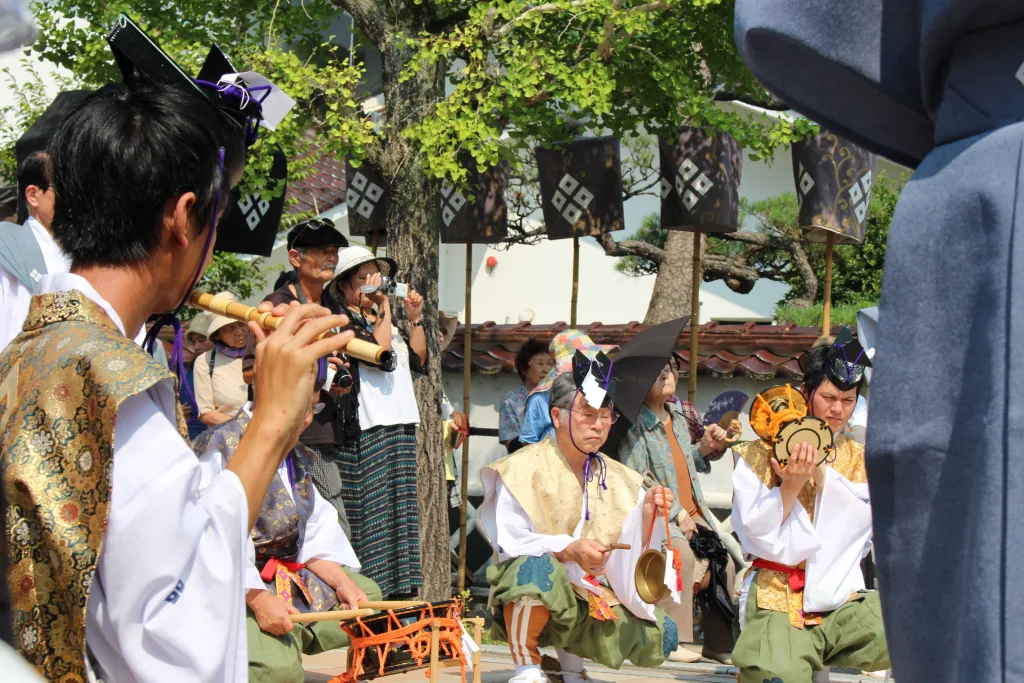
On both days, the procession begins in the late afternoon on Tonomachi Street and the Sagimai is presented at various locations throughout the town. These include the former domain lord’s palace, the residence of that year’s designated organizer, the Otabisho (a temporary destination or resting point for the deity), and in front of historic mansions in the Tonomachi, Hara, and Nakajima districts.
The entire procession typically lasts 2 to 3 hours.

A special Heron Dance performed by local elementary school students—a tradition that began in the 1950s—will also take place on the same days as the Sagimai.
The children’s procession generally begins around 1:00 p.m. from the Tonomachi Street.
Be sure to catch this heartwarming performance!
Step inside and explore this unique tradition with:
🗺️ Informative panels on the history and rituals of Sagimai (with a free English audio guide)
👘 A rare chance to see authentic Sagimai costumes up close
📖 A detailed thesis on Sagimai written by a German scholar, Andrea Luise Kahlow
🎁 Exclusive souvenirs available at the front desk — including tenugui towels, folding fans, clear files, all featuring Sagimai designs!
🧵 Hands-on Sagimai paper doll craft workshop using washi traditional Japanese paper
Don’t miss the annual Sagimai Exposition, held here every year from June to July — a wonderful way to explore the rich history of this centuries-old dance before experiencing it live!
❖ ❖ ❖
For schedule details and inquiries, please contact the Tsuwano Tourism Association.